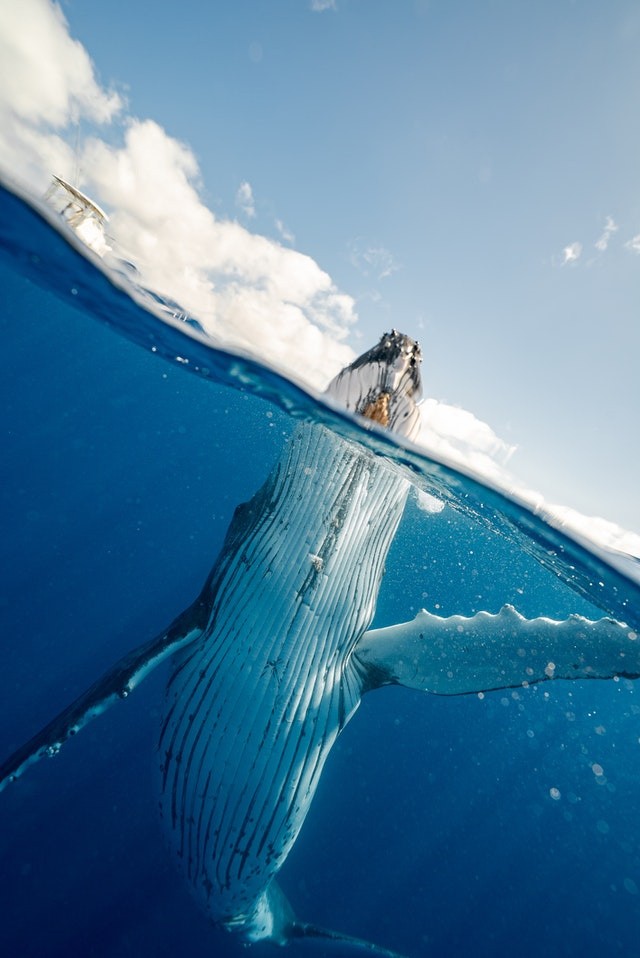According to the new experiment carried out in the Northeast Pacific Ocean, the process by which the songs of Fin whales resound back from the ocean floor could become a useful mechanism for researchers examining the sediment and rock that make up the Earth's crust.
These songs are some of the strongest and most extensive vocalizations in the ocean, and with thousands of fin whales widen across the planet, the songs could adjoin with existing scans or fill in gaps where it's even more dangerous to use conventional air gun approach to marine life.

The Seismometer
A seismometer, used to detect and record earthquakes on the ocean floor can be used to pick up the echoes of the fin whale calls, and even the fluctuations, to reveal the crust's thickness underneath and all other information that will be useful for scientific research.
John Nabelek, a geophysicist from Oregon State University says "People in the past have used whale calls to track whales and to study how whales behave.
We can maybe study the Earth with the use of those calls. If you look closely at the seismometer data after each whale calls, there is a response gotten from the Earth."
Nabelek and his co-worker were examining earthquakes around Blanco Fracture Zone off the coast of Oregon, making use of a network of 54 seismometers, and they recognized strong instruments harmonized to the presence of whales in the area.
ALSO READ: Breathtaking! Cuvier's Beaked Whale Breaks Diving Record, Not Just for Whales, But for Mammals
Whale Signals
Further inquiry revealed that the underwater songs which are as loud as large ships and can last for more than 10 hours, were traveling through the ground under the ocean as seismic waves, before being revealed and deflected by ocean sediment, the basalt layer underneath, and the gabbroic lower crust even lessen down.
The compound of these jouncing signals can inform estimates of the ocean crust structure, as determined by the researchers. The readings calculated from whale signals equaled other scientific observations of the area.
According to Nabalek, this method expands the use of data that is already collected and it shows that animal vocalizations are useful not just for understanding the behavior of the animals, but also to understand their environment. More study will be needed to get this method ready for full deployment.

Tsunamis and Earthquakes.
Like other seismic survey methods like the air gun, for example, the fin whale doesn't proffer such a high-resolution scan, so they can't replace conventional technology completely. However, the only thing they could potentially do is to give researchers a more detailed look at ocean crust and the seismic faults leading to tsunamis and earthquakes.
At a later time, One option for making some of this analysis automated is machine learning, and making use of natural whale calls is certainly a less obtrusive and easy method than other methods when it comes to looking out for what is going on under the ocean floor.
"Whale calls may serve as a complement to traditional seismic research methods and this paper serves as evidence that could provide new channels for using data from whale calls in research," says Nabalek.
The study has been printed in Science
RELATED ARTICLE: WATCH RARE FOOTAGE: This Is How the Blue Whale, World's Biggest Animal, Munches on Its Prey
For more news, updates about whales and other related stories do forget to follow Nature World News!
© 2025 NatureWorldNews.com All rights reserved. Do not reproduce without permission.





